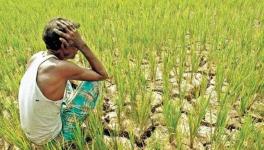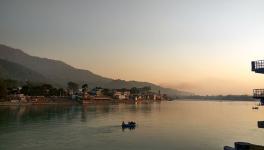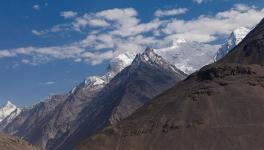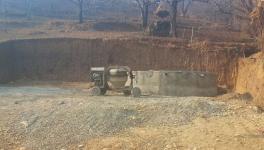Climate Change: Tropical Rain Belt of Earth May Alter Position, Says New Research
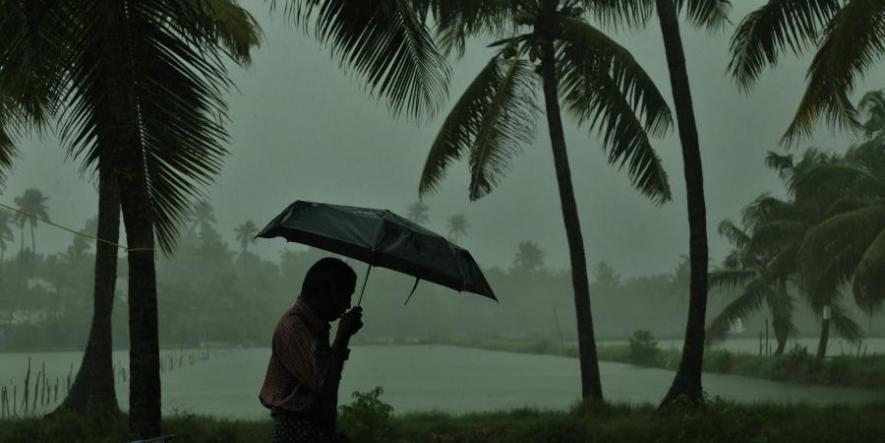
Representational Image. Image Courtesy: New Indian Express
While man-made climate change has already started to show its impact in terms of global warming and sea-level rise, it can also have potential impacts on myriads of events related to monsoons and global rainfall patterns. Climate change can even lead to a shift in the position of the tropical rain belt of the planet. The tropical rain belt is the area around the equator that is the active rain zone. That climate change can alter the position of this rain belt, has been reported in a latest research published in the Nature.
The reason behind the position of the rain belt near the tropics is due to the equatorial area receiving most of the sun’s radiations. The solar energy generates huge amount of heat near the equator, providing the tropical regions with a higher temperature in comparison to other regions of Earth. With the massive solar radiation in this region, the air warms up rapidly and moves up while colder air filters down to the lower level. Warmer air holds more moisture than colder air and when colder air replaces the warmer air in the lower levels of the atmosphere, the moisture losses the ability to be stored in the atmosphere. It then turns into rain showers and also, thunderstorms.
The latest study suggests that the rain belt may shift northward over Eastern Africa and the Indian Ocean and southward over the eastern Pacific Ocean and Atlantic Ocean. The northward shift will result in an increase in droughts in southeastern Africa and Madagascar along with intensified floods in Southern parts of India. The southward shift would result in greater drought in Central America.
Commenting on the findings, Antonios Mamalakis, the lead author of the study was quoted to have said, “Our work shows that climate change will cause the position of Earth's tropical rain belt to move in opposite directions in two longitudinal sectors that cover almost two thirds of the globe, a process that will have cascading effects on water availability and food production around the world.”
Heating up of the atmosphere differently over Asia and the North Atlantic Ocean as a result of climate change is one of the factors that is causing the positional shift in the rain belt. James Randerson, one of the co authors of the study explained this as following—“ In Asia, projected reductions in aerosol emissions, glacier melting in the Himalayas and loss of snow cover in northern areas brought on by climate change will cause the atmosphere to heat up faster than in other regions. We know that the rain belt shifts toward this heating, and that its northward movement in the Eastern Hemisphere is consistent with these expected impacts of climate change.”
The team of researchers took state of the art climate models and conducted computer simulations. They considered 27 such climate models and estimated the shift in a scenario where emissions of the greenhouse gases are going to be continuously rising through the end of the century. The projections made in the study is a likely situation by 2100.
The southward shift in the tropical rain belt is going to be a result of the weakening of the gulf stream and deep water formation in the North Atlantic, as explained by James Randerson. Gulf stream is a warm Atlantic Ocean current originating in the Gulf of Mexico and stretching to Florida in the United States. The gulf stream is weakening as a result of climate change and it was found earlier that this weakening is the largest in the last 1600 years. the gulf stream carries warm water towards the north pole and gets cooled there. As a result, it becomes heavier and sinks and flows back southward. Global warming has reduced the cooling of the stream in the polar region.
Get the latest reports & analysis with people's perspective on Protests, movements & deep analytical videos, discussions of the current affairs in your Telegram app. Subscribe to NewsClick's Telegram channel & get Real-Time updates on stories, as they get published on our website.










